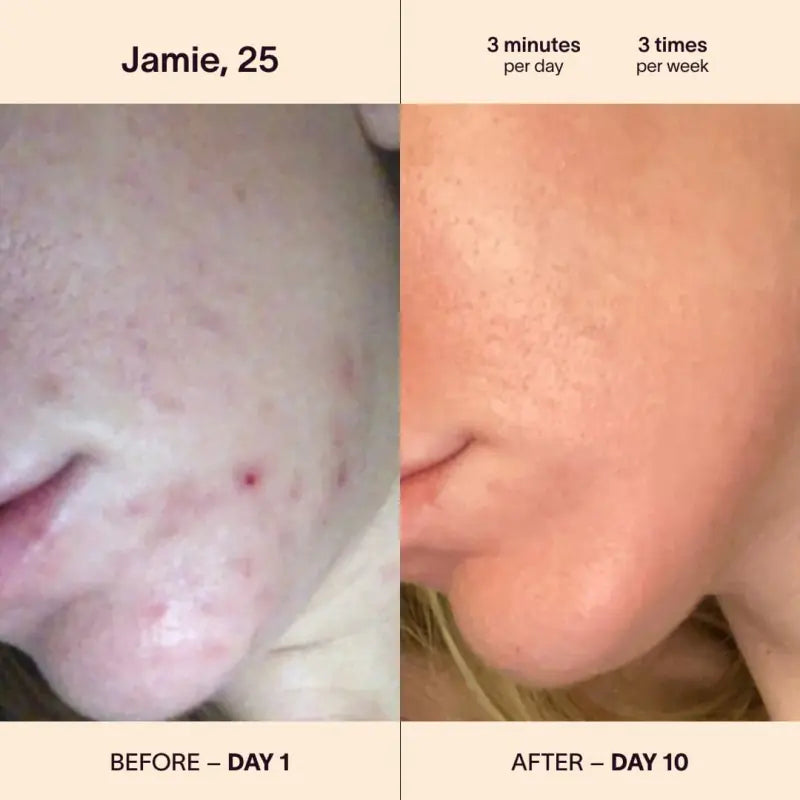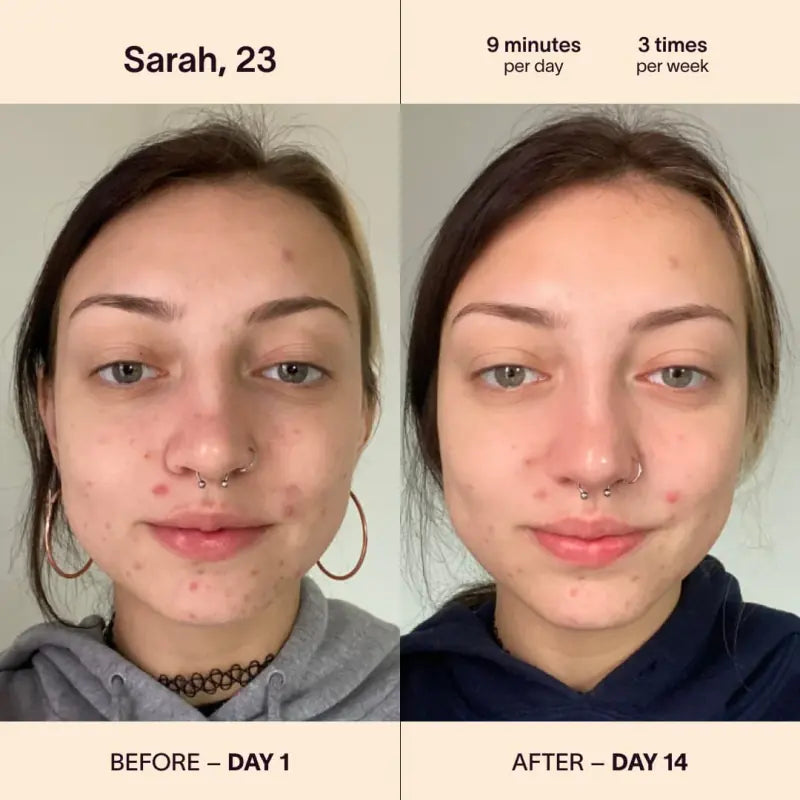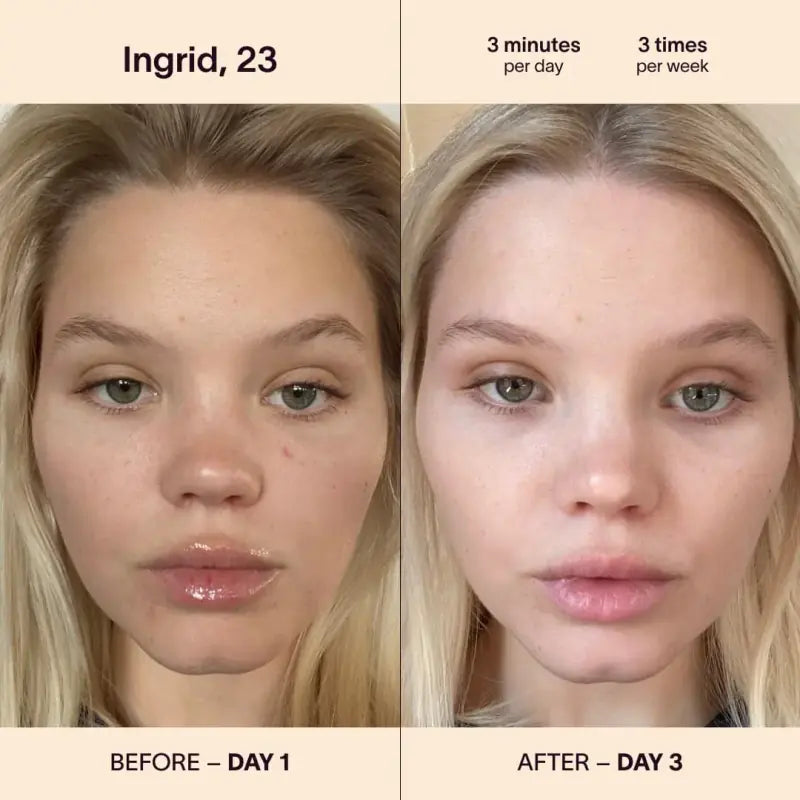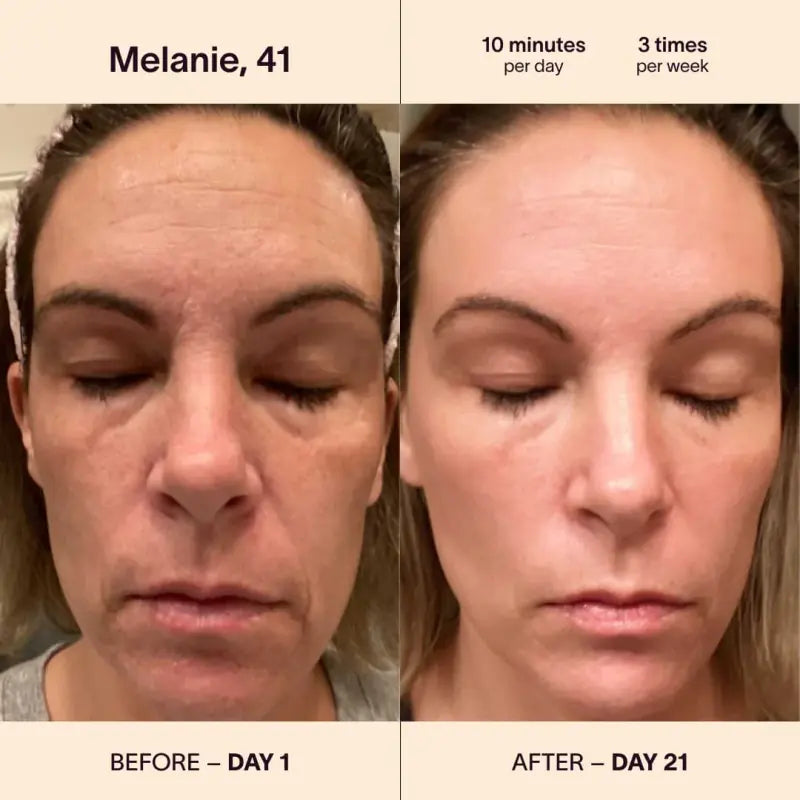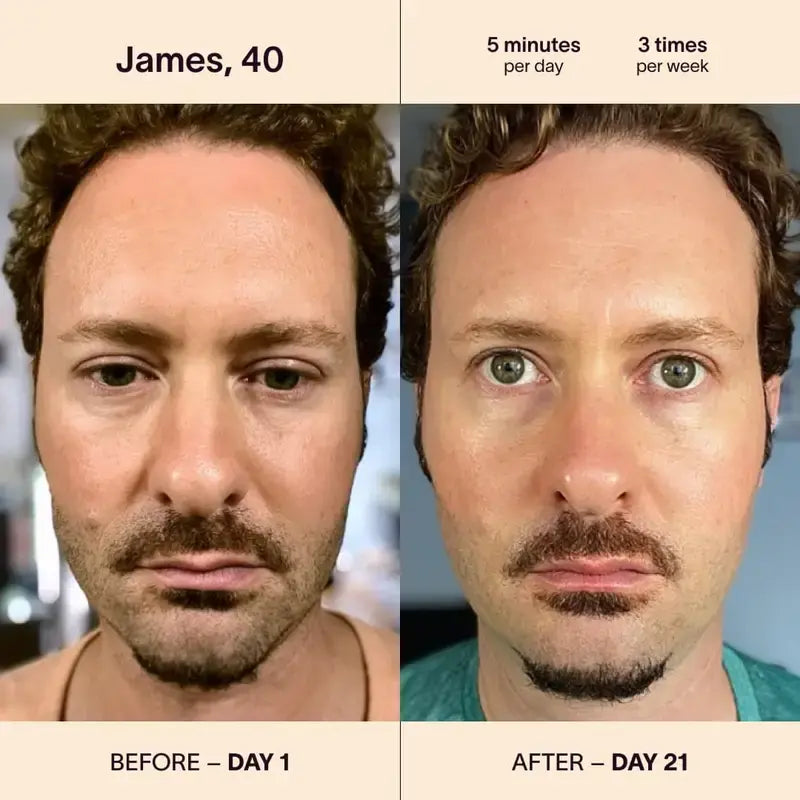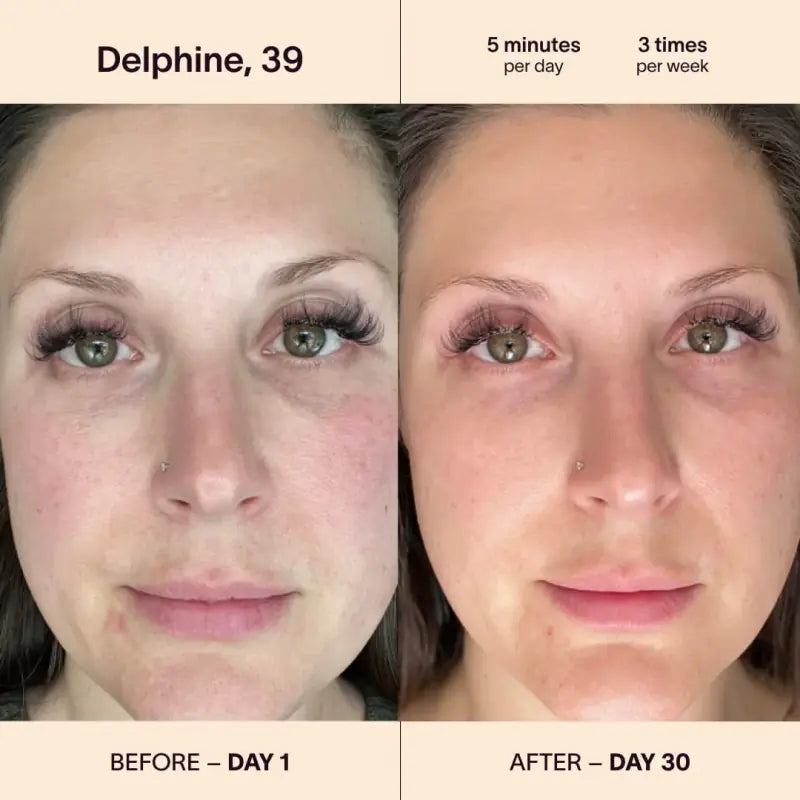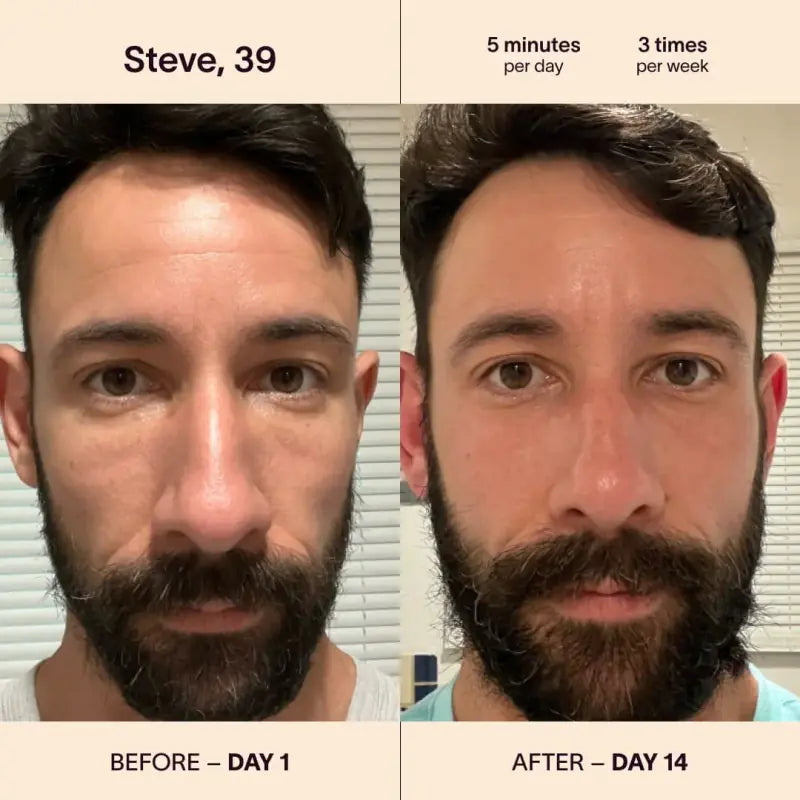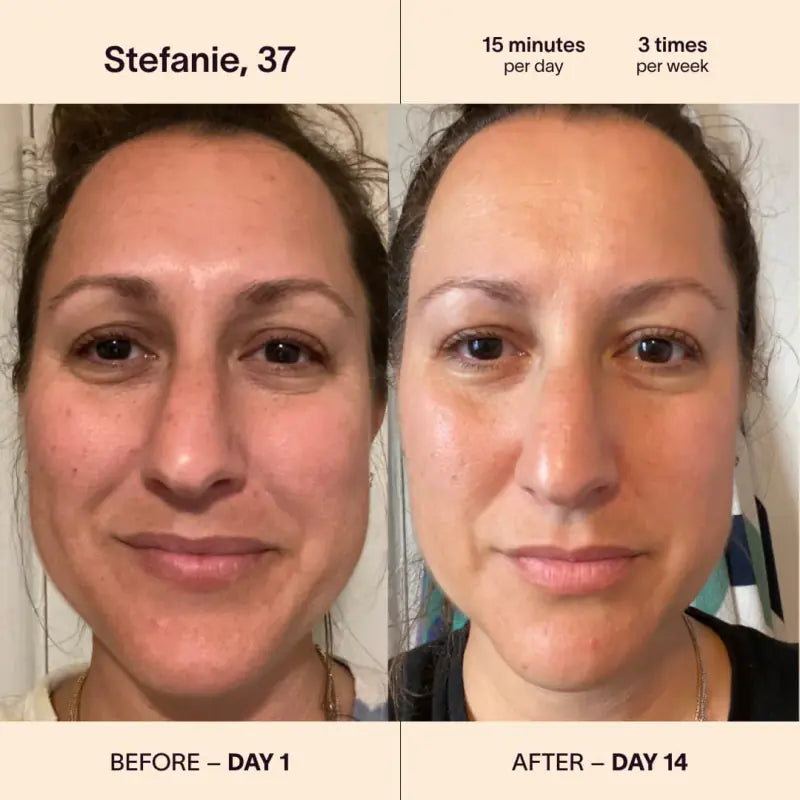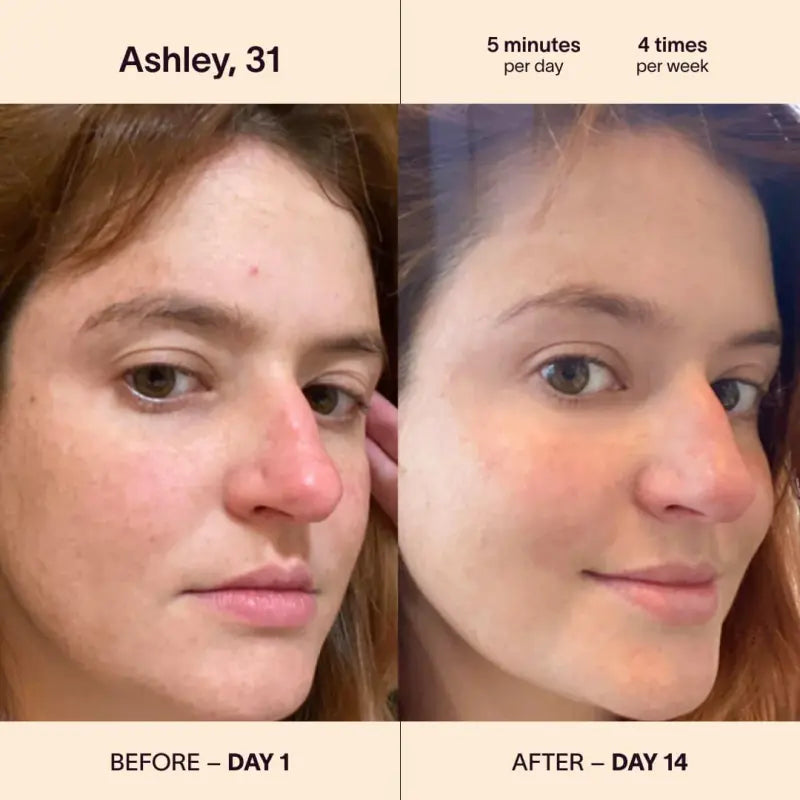Hyperpigmentation is a medical term used to describe dark patches or spots that occur on the surface of the skin. It can have both medical and nonmedical underpinnings, but, in general, these patches result from excess melanin production, which can be caused by acne, sun damage, hormone fluctuations, and the normal aging process.
Darker skin tones can be more susceptible to hyperpigmentation, because they naturally have more pigment from melanin, as are people who take certain medications like oral contraceptives. The good news? There are many medically-backed treatments and therapies that can help address the dark coloration caused by hyperpigmentation for all skin tones. Topical remedies, like hydroquinone (which lighten the skin), chemical peels, and specialized light therapies are effective. But, like most things, prevention is usually the best treatment plan. Wearing sunscreen and staying out of the sun is seriously the easiest thing you can do to both prevent and even lighten old dark spots, as UV light tends to darken hyperpigmentation.
When prevention is not possible, light therapy is starting to be used more frequently to address hyperpigmentation. It’s important to note, however, that depending on your skin tone, some of these therapies may be less effective than others. For darker skin tones, high-beam lasers and IPL may be off-limits because they cause too much trauma to the skin and could result in permanent dark spots or post-inflammatory pigmentation. However, medium-depth chemical peels, microcurrent therapy, gentle red light therapy, and retinoids are amazing options for fading dark spots over 3-6 months. It’s best to check with a culturally competent dermatologist before starting any treatment that may affect your natural skin tones.
Effective treatment of medium skin tones have been found to include chemical peels and microdermabrasion, light therapy, and very low strength intense pulse light therapy (IPL). Because of less pigmentation and the development process for technologies, fairer skin tones can generally use everything listed above safely when addressing hyperpigmentation issues. As with all beauty treatments, side effects are possible (redness, irritation) so be sure to consult with a dermatologist and do your research.
While increased pigmentation usually isn’t harmful, it can take months of treatments to see results, so patience is key. Hyperpigmentation can also, rarely, be a symptom of another medical condition, so always check with your medical provider before deciding on a treatment plan.

